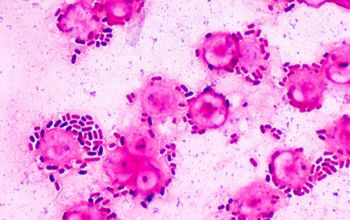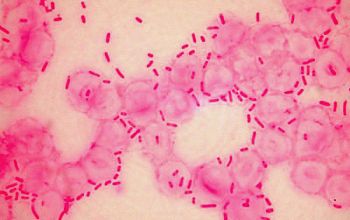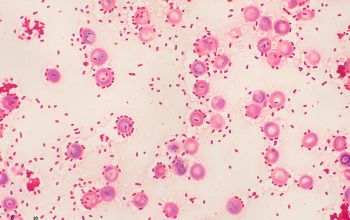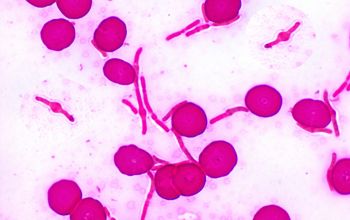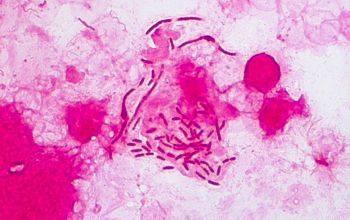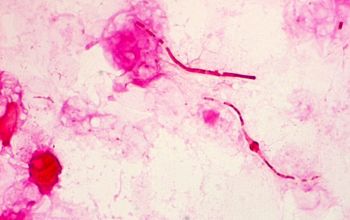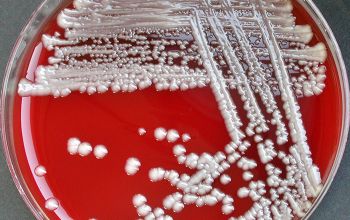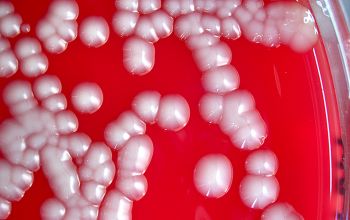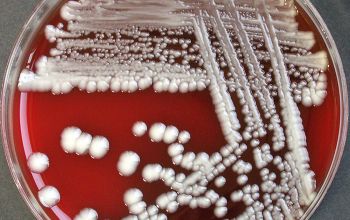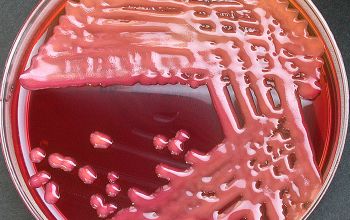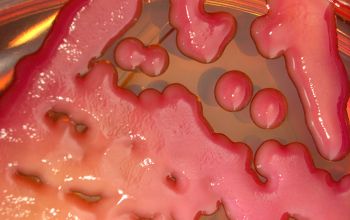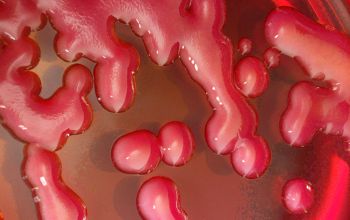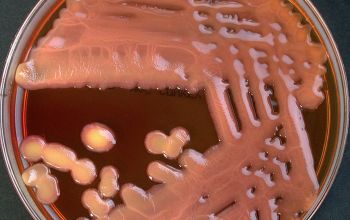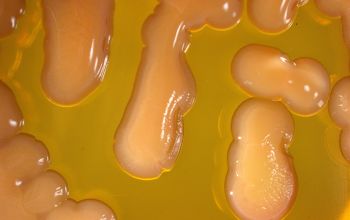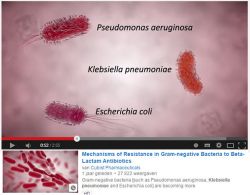Klebsiella pneumoniae
-
General information
Taxonomy
Family: Enterobacteriaceae
K. pneumoniae subsp pneumoniae
K. pneumoniae subsp. ozaenae
K. pneumoniae subsp.rhinoscleromatis
K. oxytoca
Natural habitats
They are widely distributed in nature and can be found in water, soil, on plants and have been isolated from clinical samples of humans and animals.
They are part of the normal intestinal flora of humans and animals.
Clinical significance
K. pneumoniae & K. oxytoca
They are important causes of nosocomial (hospital-acquired) and community-acquired infections in humans.
They can cause a variety of infections of the urinary and respiratory tract (pneumonia). This species can cause septicemia, peritonitis, meningitis, infections of wounds and burns.
-
Gram stain
Gram negative rods,
0.3-1.0 x 0.6-6.0 µm,
-
Culture characteristics
-
Facultative anaerobic
BA: colonies are often large, shiny and slimy.
The amount of slime varies from strain to strain and also depends on the amount of carbohydrate present in the agar.
McConkey: growth, lactose fermenter
BBAØ: growth
-
-
Characteristics
-
References
James Versalovic et al.(2011) Manual of Clinical Microbiology 10th Edition
Karen C. Carrol et al (2019) Manual of Clinical Microbiology, 12th Edition

